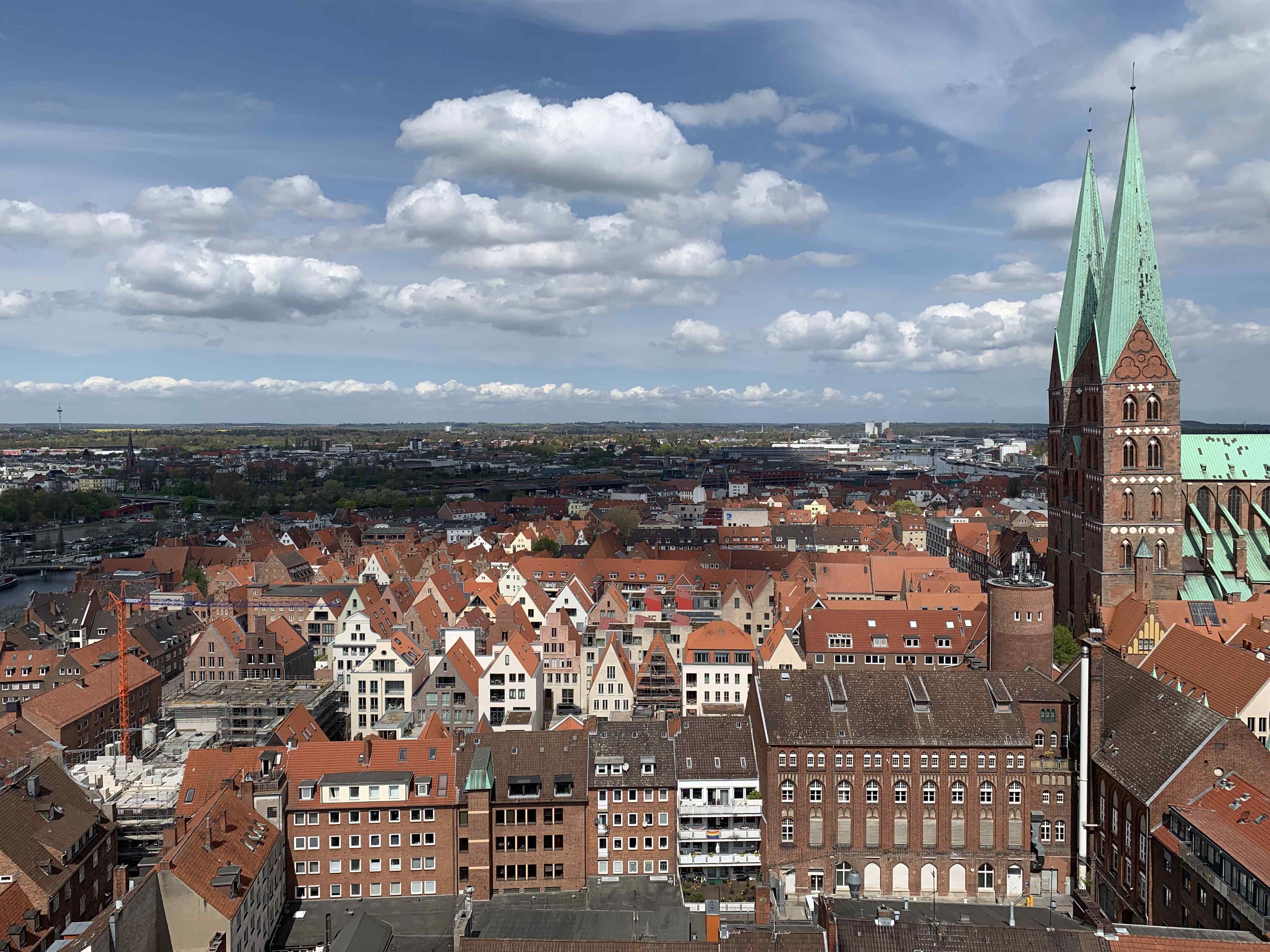- IHM - Serices and knowledge transfer in the field of clutural and natural heritage

Hanseatic City of Lübeck
Project duration: 2024
The authentic areas of the Hanseatic City of Lübeck are outstanding examples of historical building types that highlight the power and significance of the Hanseatic League. Founded in 1143 on the Baltic coast of northern Germany, Lübeck was one of the leading cities of the Hanseatic League between 1230 and 1535, a trade alliance with a monopoly in the Baltic and North Seas. The UNESCO World Heritage property includes three important historical areas of the city, excluding fully reconstructed zones. The well-preserved old town quarters showcase the medieval structure of the Hanseatic city and are considered a significant European monument. The character of the old town is defined by both sacred and secular architecture, as well as its distinctive silhouette featuring seven tall church towers. The old town is surrounded by water, dikes, and parks. Despite the damage sustained during World War II, the medieval layout, consisting of patrician houses and landmarks such as the Holstentor, churches, and salt warehouses, has largely been preserved. Thanks to a strong awareness of cultural values, the old town is presented as a harmonious masterpiece, with its unified silhouette clearly visible from afar. The Hanseatic City of Lübeck was added to the UNESCO World Heritage List in 2009.
Currently, the IHM team is conducting a heritage impact assessment for a planned construction project in the vicinity of the World Heritage property.

